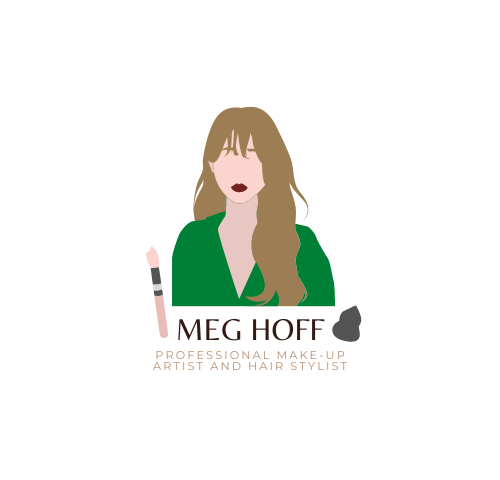For this task, I have created a document explaining some of the key health and safety considerations when creating SFX makeup. Although any kind of makeup application requires an MUA to follow strict health and safety protocols, SFX makeup brings even stricter and more important rules into play, as the majority of products used are, in some way, potentially hazardous to one’s health and/or environment.
Here is an image of a poster I created detailing the specific health and safety considerations when creating a SFX design.
Patch Testing
Even though patch testing is an important step in any makeup application, it becomes even more vital when using strong chemicals and adhesives for special effects work. A client must be patch tested at least 24-48 hours before an appointment – even if they have used this product in the past (more than 3 months ago), to ensure they have not developed an allergy or sensitivity to the product. A patch test should be carried out on a sensitive area of the skin, either on the inside of the elbow or behind the ear. The thinner, more sensitive skin in these areas helps to give the most accurate reading, as if you were to test on an area with thicker skin it may not react on a patch test – however if you applied the product in a more sensitive area during your application process their skin may flare up. A patch test does not completely rule out the possibility of a reaction, but ensures it is extremely unlikely for one to occur. Furthermore, if a client does react to a product you have not patch tested they could take legal action against you, costing you potentially thousands of pounds.
COSHH (Control Of Substances Hazardous to Health)
Once again, the COSHH legislation plays a huge part in any makeup application, however it becomes of an even higher importance when it comes to creating SFX makeup looks. Since the vast majority of products used for SFX makeup are potentially hazardous to one’s health or environment it is extremely important to follow the COSHH regulations at all times. You must ensure to store, handle, apply, remove, and dispose of any product safely and correctly. For example, flammable products such as IPA and Acetone should be kept in a COSHH cupboard ( a locked metal cupboard, kept away from direct heat or light sources) at all times. Additionally, any product used should be removed with its suitable remover. Not only will using incorrect products for removal cause skin irritation, but could also cause harmful chemical reactions to take place on the skin – potentially causing long term damage to a client’s health.
Taking extra caution
When using these hazardous products, you must ensure to take extra caution around specific areas, such as the eyes, nose, and mouth. A product can enter directly into a person’s bloodstream, potentially causing substantial and long term health issues, if excessively inhaled or swallowed in large quantities. Furthermore, if a client was to have a chemical enter their eye they could, in the worst case scenario, become blind. Therefore it is vital to take extra precautions when using these products on and around the face.
Emergency situations
As you are working with potentially extremely dangerous products, it is vital to familiarize yourself with what to do in an emergency situation. Firstly, it is extremely important to be aware of who the first aider, and health and safety officer are – allowing you to contact them as soon as possible in the case of an emergency. Furthermore, you must ensure to have a phone accessible at all times in case you need to contact any form of emergency service. Additionally, you must be confident in knowing where to find first aid kits, eye baths, fire extinguishers, etc. Not only do you need to be familiar with these things so you can act swiftly in an incident, but if you are unaware of how to deal with a situation you are more likely to panic, in turn making your clients state even worse.
Adequate ventilation
As mentioned, the vast majority of SFX makeup products are potentially hazardous, therefore it is key to have a well ventilated work area. For the protection of you and your clients health, adequate ventilation is necessary to remove the risk of cross contamination, and inhalation of potentially dangerous chemicals. This is even more important with SFX makeup, as certain products (air brushes, acetone, IPA) can release potentially harmful chemicals into the atmosphere, contaminating the air we breathe. Without adequate ventilation you could potentially cause severe and long term health risks for yourself and/or your client.
Suitable removers
Lastly, it is vitally important that the correct remover is used when removing any makeup product. Unlike standard makeup that can be removed with any cleanser, toner and moisturizer, SFX makeup products include strong adhesives. Each of these adhesives has its own specific suitable remover, for example; MME is used to remove Spirit Gum, Pro-clean is used to remove Pros-aside, and Hydro-oil is used to remove Liquid Latex. Using the incorrect remover could potentially cause extreme skin irritation and sensitivity, making your client uncomfortable. Furthermore, using the incorrect remover may also create a chemical reaction on your clients skin, potentially burning them..
Below I have attached images of two posters outlining the general health and safety protocols that should be followed for any makeup application. A more in depth explanation of this can be found on my blog, under the unit 3&4 tab in my Year 1 section.
